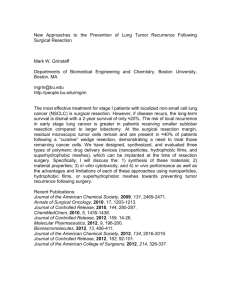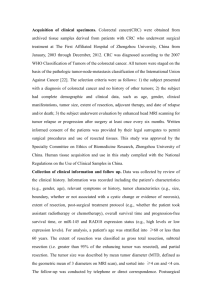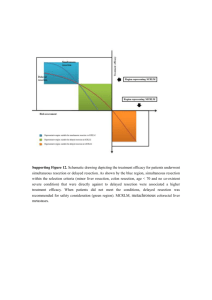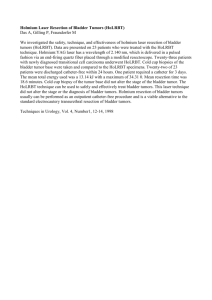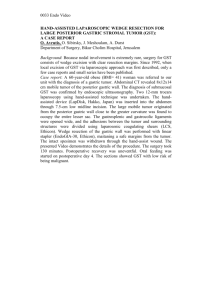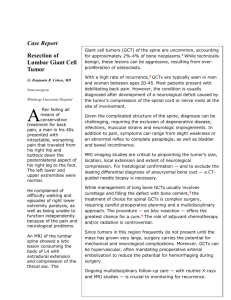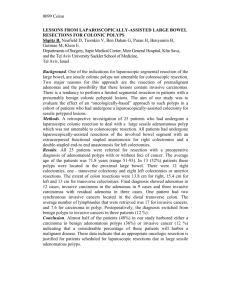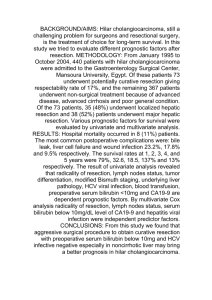Computer Assisted Tumor Surgery
advertisement
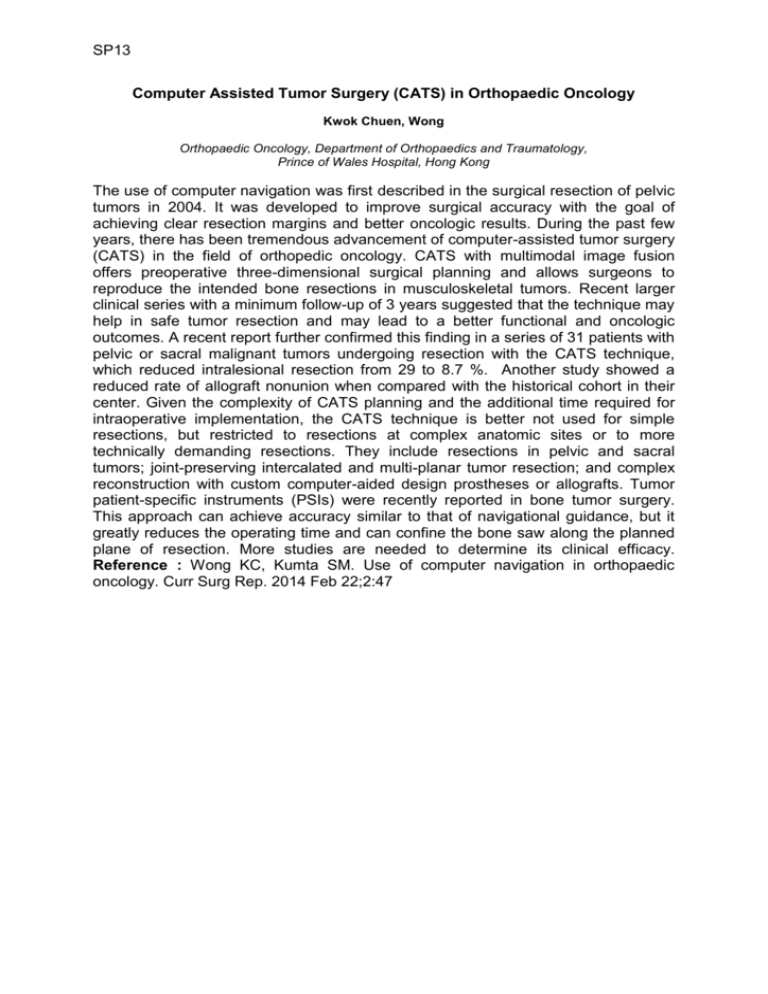
SP13 Computer Assisted Tumor Surgery (CATS) in Orthopaedic Oncology Kwok Chuen, Wong Orthopaedic Oncology, Department of Orthopaedics and Traumatology, Prince of Wales Hospital, Hong Kong The use of computer navigation was first described in the surgical resection of pelvic tumors in 2004. It was developed to improve surgical accuracy with the goal of achieving clear resection margins and better oncologic results. During the past few years, there has been tremendous advancement of computer-assisted tumor surgery (CATS) in the field of orthopedic oncology. CATS with multimodal image fusion offers preoperative three-dimensional surgical planning and allows surgeons to reproduce the intended bone resections in musculoskeletal tumors. Recent larger clinical series with a minimum follow-up of 3 years suggested that the technique may help in safe tumor resection and may lead to a better functional and oncologic outcomes. A recent report further confirmed this finding in a series of 31 patients with pelvic or sacral malignant tumors undergoing resection with the CATS technique, which reduced intralesional resection from 29 to 8.7 %. Another study showed a reduced rate of allograft nonunion when compared with the historical cohort in their center. Given the complexity of CATS planning and the additional time required for intraoperative implementation, the CATS technique is better not used for simple resections, but restricted to resections at complex anatomic sites or to more technically demanding resections. They include resections in pelvic and sacral tumors; joint-preserving intercalated and multi-planar tumor resection; and complex reconstruction with custom computer-aided design prostheses or allografts. Tumor patient-specific instruments (PSIs) were recently reported in bone tumor surgery. This approach can achieve accuracy similar to that of navigational guidance, but it greatly reduces the operating time and can confine the bone saw along the planned plane of resection. More studies are needed to determine its clinical efficacy. Reference : Wong KC, Kumta SM. Use of computer navigation in orthopaedic oncology. Curr Surg Rep. 2014 Feb 22;2:47

